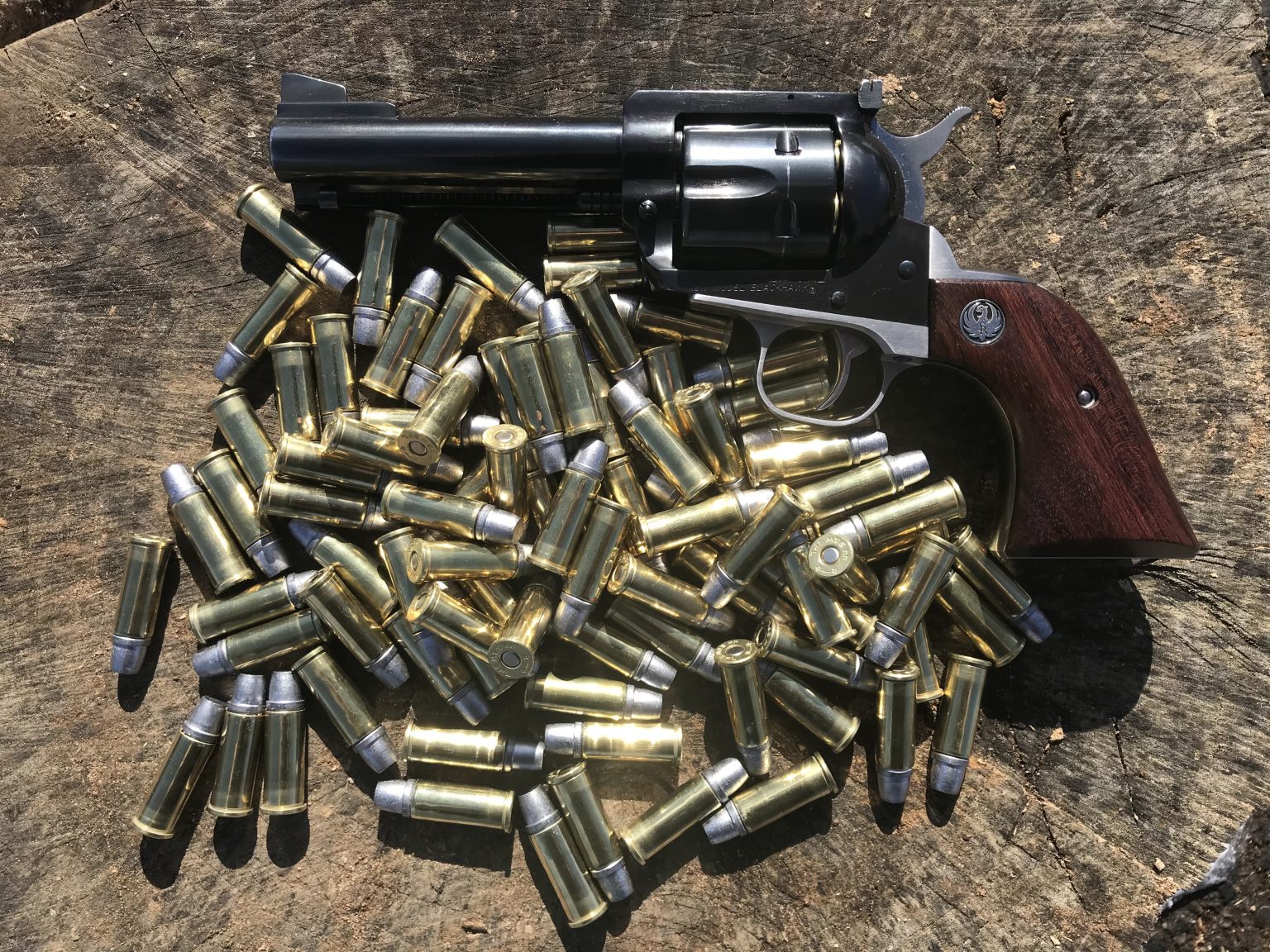Howdy and welcome 6.5X284ever. The bullets you're looking at are almost identical except for the 43-250P has a semi-wadcutter style front driving band.
Chambering will be nearly the same on either of them, but the 43-250V does have a slightly longer bearing surface, so it's possible it might jam into the transition lead from the chamber to the throats, but I'll guess either would chamber just fine.
Seating a bullet out longer to get a measurement on how large a front driving band you can you have outside the case is exactly how you determine it, and make sure to check all chambers because one might be a bit tighter than the others.
One consideration is that loading is not as smooth using a semi-wadcutter design bullet verses a round flat/wide flat nose type.
I use a lot of the
RCBS-44-250-K in my Flattop Blackhawk 44 Special. When I seat the bullet, I seat it as far out in the crimp groove as I can, to an overall length of 1.588. From the base of the cartridge case to the top of the front driving band is 1.252, with cases trimmed to 1.145 (I trim to that length because Starline brass is always a touch short, and I'd rather be consistent even if a touch short). I've not experimented to see what the max driving band I can get away with is, but that one is pretty healthy the way I load it.
The RCBS bullet doesn't load the smoothest, but the
Ranch Dog CTL432-265-RF drops right in. The front driving band isn't excessive on this one, but the shape loads well in my Blackhawk, and feeds well in my Winchester 1892 (for that matter, the RCBS 44-250-K feeds well in Special cases too).
Here's my Blackhawk with those RCBS 44-250-K bullets.















 Reply With Quote
Reply With Quote














